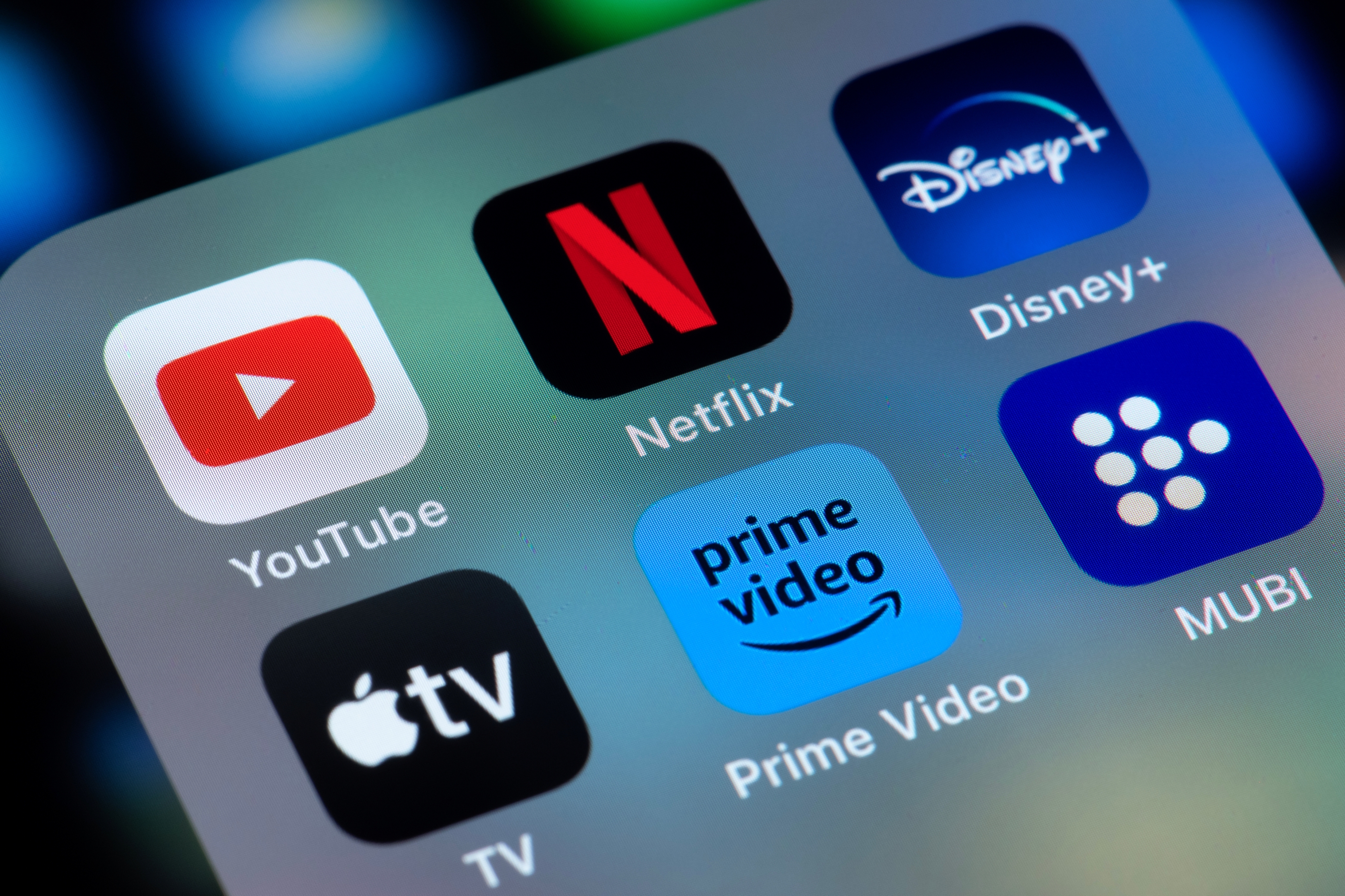What Is APR?
Knowing your APR is a good credit habit, even if you pay off your credit card balance every month.

Erin Bendig
While the best rewards credit cards can help you rack up cash back, points or miles on purchases, they usually come with high interest rates. Because of this, balances on your card can be challenging to pay off, especially if you don’t know your card’s annual percentage rate (APR).
According to LendingClub's recent research, 47.1% of cardholders carrying a balance don’t know their credit card APR, an alarming number, considering the average credit card interest rate was 24% as of February 2025.
So, what is APR? Here's what you need to know.

Sign up for Kiplinger’s Free E-Newsletters
Profit and prosper with the best of expert advice on investing, taxes, retirement, personal finance and more - straight to your e-mail.
Profit and prosper with the best of expert advice - straight to your e-mail.
What is APR?
The APR associated with your credit card is your card's interest rate. In other words, it's how much extra money you'll pay on any balance you don't pay off in full at the end of each billing cycle.
APR is typically stated as a yearly rate, and it can be fixed or variable. If you don't know your APR, you can find it in your credit card's terms and conditions. Or, when you review your statement it will appear on there.
Most credit cards operate on a variable rate, meaning the rate can change, often rising or falling in tandem with interest rates set by the Federal Reserve. When the Federal Reserve Board raises short-term interest rates, interest rates on credit cards and most other lending and savings products typically increase, like mortgages, home equity lines of credit, high-yield savings accounts and other loans.
Currently, there's mixed views on where interest rates go from here. The Federal Reserve ended 2024 with three rate cuts, but didn't follow suit at its January meeting. With talks of tariffs being imposed, the safe bet is there might be fewer rate cuts in 2025, especially if those tariffs increase inflation.
How does APR affect me?
If you’re carrying a balance on a credit card with a high APR, plan to pay it off as soon as possible without adding any new purchases, or else you'll be stuck with expensive interest payments and can end up in credit card debt.
If you are struggling to keep up with interest payments on your credit card, applying for a balance transfer credit card to pay off credit card debt can be beneficial. Balance transfer credit cards offer an introductory 0% APR for qualifying balance transfers.
The length of these introductory periods varies, but some of the best balance transfer cards allow you to avoid interest rates for up to 21 months. You can also check to see if any current cards in your wallet are offering balance-transfer promotions.
Keep in mind that with any balance transfer, if you don’t pay your balance by the time the promotion ends, any balance left over is generally subject to your card’s normal interest rate. And read the fine print — your balance could be subject to retroactive interest charges.
Use cash back incentives
Another way to tackle interest is to use your card for everyday purchases like groceries and utilities. Many credit card issuers offer higher cash back incentives when you use your card for travel expenses, grocery, dining out or shopping. To demonstrate, the Blue Cash Preferred® Card from American Express gives you 6% cash back on grocery purchases for the first $6,000 charged. Once you exceed this limit, it defaults to 1% back.
The key with this approach is to alter how you pay for budget items. Say you have a statement balance of $400, and if you don't pay that in full next month, then you'll have interest accrue. Instead of using your debit card for groceries and gas, use your credit card and charge these expenses. Once they clear, pay them off immediately.
This approach achieves multiple things: One, it helps you pay off more of your statement balance each month. Two, with the cash back rewards you earn, you could pay off interest quicker in the form of statement credits. Lastly, you're still spending within your budget, you're just altering the payment method you use.
Related Content
- What is a Good Credit Score?
- What Are Credit Card Hacks and Do They Work?
- Credit Score vs. Credit Report: What's the Difference?
Get Kiplinger Today newsletter — free
Profit and prosper with the best of Kiplinger's advice on investing, taxes, retirement, personal finance and much more. Delivered daily. Enter your email in the box and click Sign Me Up.

Rivan joined Kiplinger on Leap Day 2016 as a reporter for Kiplinger's Personal Finance magazine. A Michigan native, she graduated from the University of Michigan in 2014 and from there freelanced as a local copy editor and proofreader, and served as a research assistant to a local Detroit journalist. Her work has been featured in the Ann Arbor Observer and Sage Business Researcher. She is currently assistant editor, personal finance at The Washington Post.
- Erin BendigPersonal Finance Writer
-
 How to Get Apple TV Plus for just $2.99
How to Get Apple TV Plus for just $2.99For a limited time, you can get three months of Apple TV Plus for just $2.99 per month. Here’s how to get the deal.
By Rachael Green Published
-
 Stock Market Today: Stocks Surge to Close a Volatile Week
Stock Market Today: Stocks Surge to Close a Volatile WeekIt was another day with a week's worth of both news and price action, but it ended on a strongly positive note.
By David Dittman Published
-
 Use This 1-Year CD if You’ll Owe Taxes Next Year
Use This 1-Year CD if You’ll Owe Taxes Next YearA one-year CD allows you to set money aside now for taxes you'll owe next year. We'll show our best choice.
By Sean Jackson Published
-
 3 Ways to Stream The Masters and Save Money
3 Ways to Stream The Masters and Save MoneyIf you plan to stream The Masters and are looking for ways to save, we'll show you several options.
By Sean Jackson Published
-
 What Happens If You Bet $1,100 on the NCAA Men’s Championship Instead of Saving It?
What Happens If You Bet $1,100 on the NCAA Men’s Championship Instead of Saving It?We ran the numbers — see how betting on the big game compares to putting your money in a CD.
By Dori Zinn Published
-
 Why I'd Put My Tax Refund in a Money Market Account
Why I'd Put My Tax Refund in a Money Market AccountA money market account offers you the benefits of having access to your money when you need it, while earning a rate outpacing inflation.
By Sean Jackson Published
-
 What Amex's Fine Hotels + Resorts (FHR) Program Gets You at Hotels In Sydney, Vegas and Lisbon
What Amex's Fine Hotels + Resorts (FHR) Program Gets You at Hotels In Sydney, Vegas and LisbonThree examples of hotel stays in Sydney, Vegas and Lisbon show what you get through American Express' Fine Hotels + Resorts (FHR) program.
By Sean Jackson Published
-
 5 CDs to Put Your Tax Refund Into
5 CDs to Put Your Tax Refund IntoPlanning to get a tax refund this year? Treat your future self with a risk-free way to grow your money. Here are the 5 best CDs to consider.
By Sean Jackson Published
-
 10 Best High-Yield Savings Accounts to Grow Your Tax Refund
10 Best High-Yield Savings Accounts to Grow Your Tax RefundIf you're getting a tax refund this year and want to grow it, here are the best high-yield savings accounts to make it happen.
By Sean Jackson Published
-
 Here's How to Get the Disney Plus, Hulu, Max Bundle for $10
Here's How to Get the Disney Plus, Hulu, Max Bundle for $10American Express Platinum cardholders can use their streaming perks to score this ad-free deal for only $10 per month. Here's how.
By Sean Jackson Published